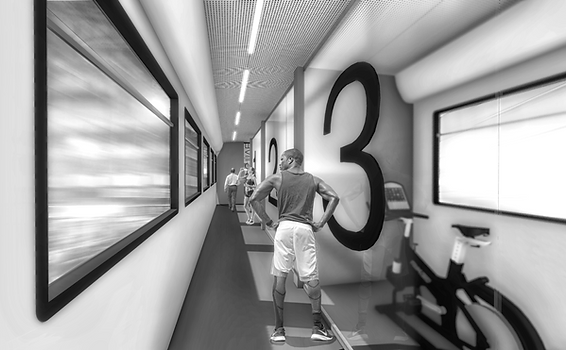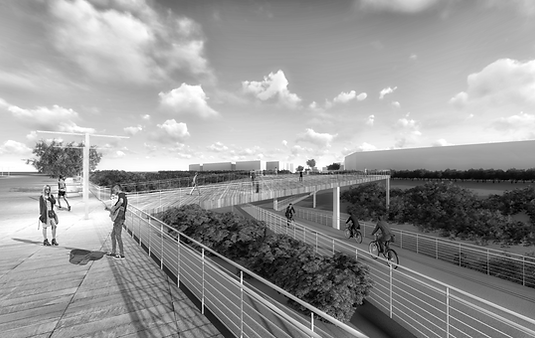M.Arch Graduate Thesis
Los Angeles was a city built around automobiles, with
roads leading from city centers to the suburbs. As the
the population continues to grow, housing developments
respond by continuing to build houses in sprawl manner,
the sole accessibility utilizing roads and freeways. Without
access to public transportation, people rely on cars to get to
work, school, or their destination every day, resulting in an
abundant increase to cars on the road, leading to constant
traffic congestions, environmental pollution, and unhealthy
lifestyles. The purpose of this study is to rethink the notion
of public transportation can be utilized to bring optimally
commute and transportation lifestyle while simultaneously
reducing the environmental impact due to the excessive
cars on the road.


Through analyzing case studies, historical timeline and
trends, and previous reports and investigative studies of
transportation methods and implementations throughout the world, and reviewing what elements attribute to its success or failure, this thesis incorporates these fundamental properties. With interviews and conversations to city officials, transportation planners, urban planners, and local residents, the focus is to incorporate and visualize a new system and identity of transportation in an urban environment through a multiscale intervention proposal.
The focus on revitalizing public transportation system was found to be a sound solution to reducing the number of cars on the road. In addition, due to the current social lifestyle of people using cars in Los Angeles, a multilayered multimodal system is proposed to intervene in different scales of public transportation needs in different scales of density, from local neighborhoods to densified urban regions. The application of public realms within transportation infrastructures can help alleviate traffic congestions on the road while connecting cities throughout the Greater Los Angeles Region.

